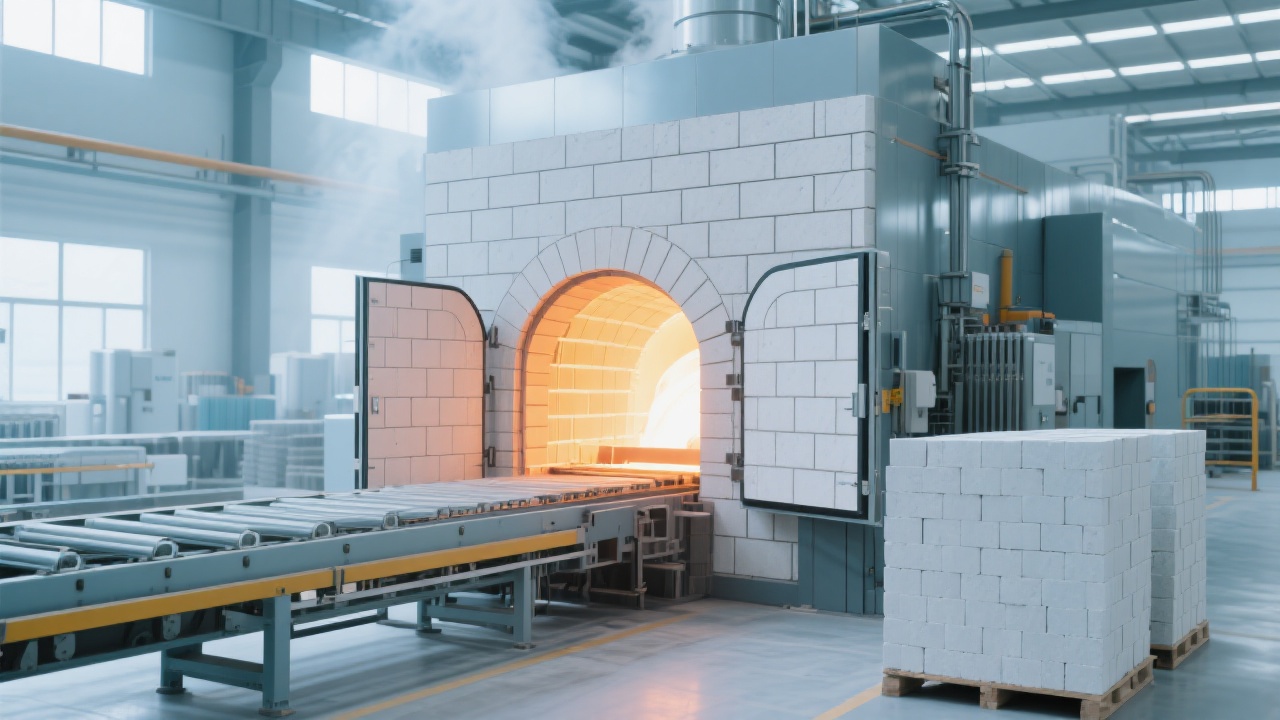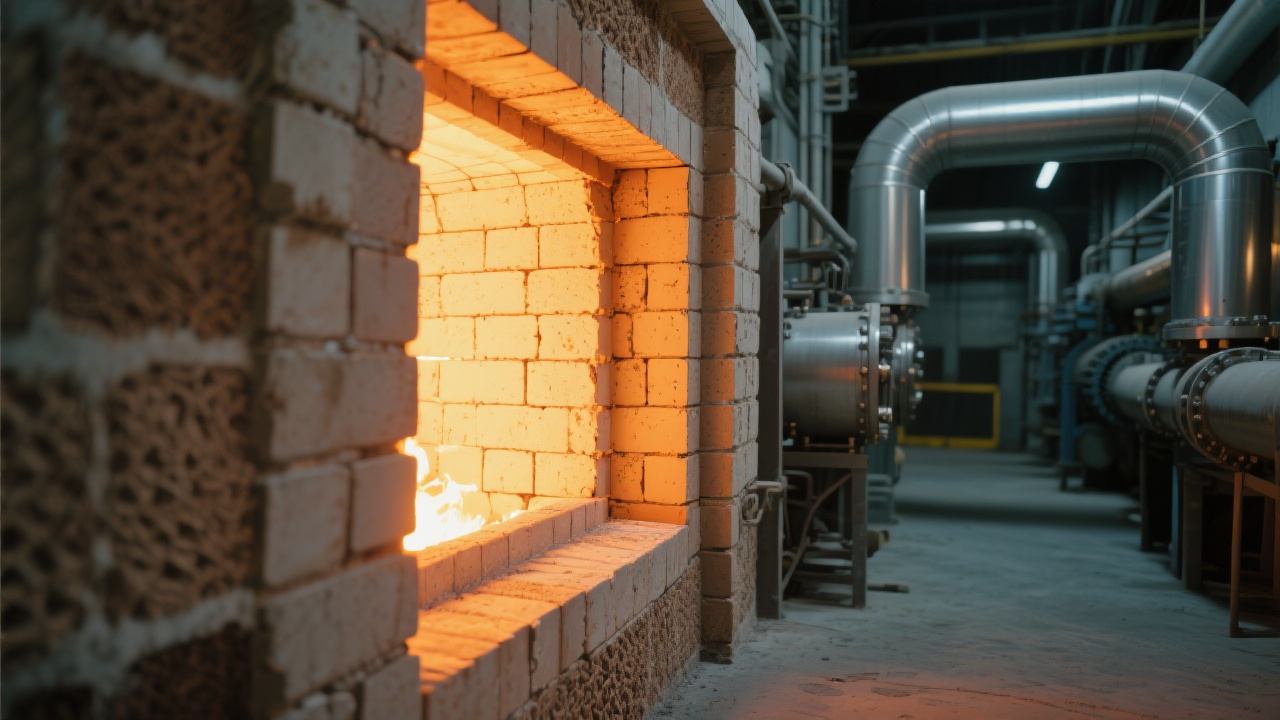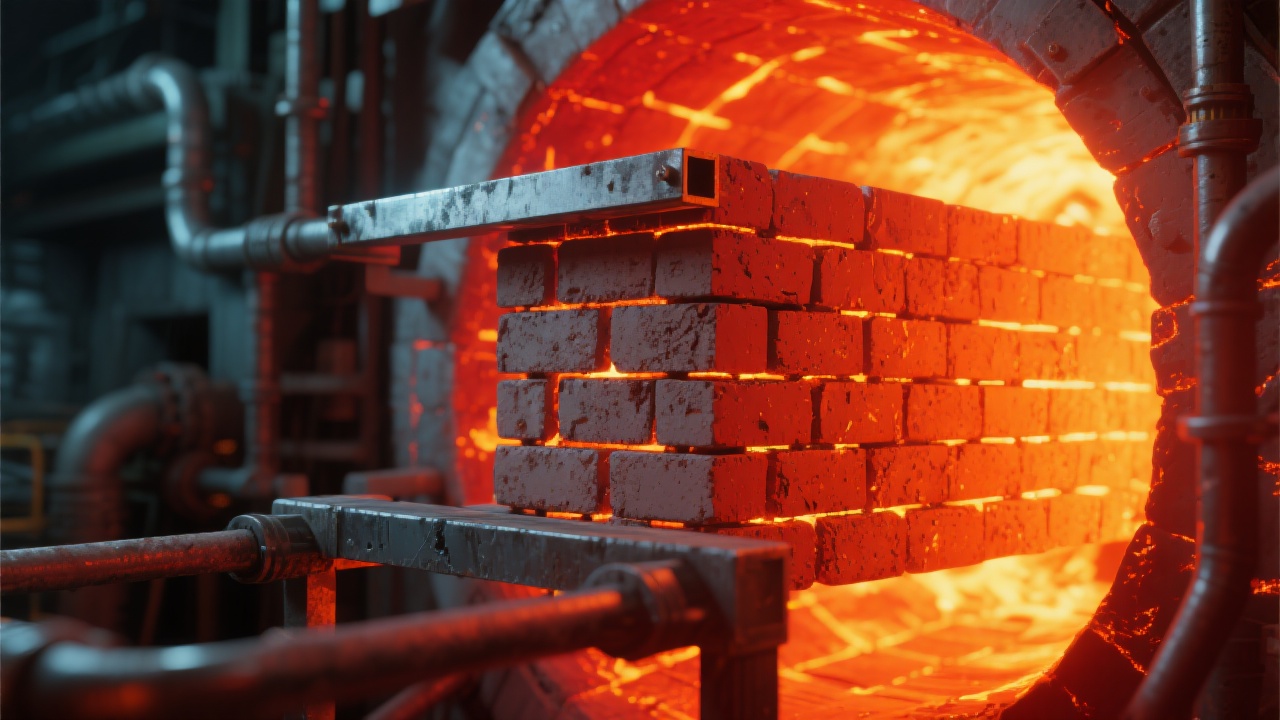
In the high - stakes world of metal and ceramic heat treatment, rapid heating and cooling processes present significant challenges to kiln furniture. These extreme thermal cycles can lead to reduced production efficiency, increased downtime, and even compromised product quality. But don't worry, cordierite kiln furniture has emerged as a game - changer in this field.

Cordierite is a remarkable material with a low density and a porous structure. This combination gives it outstanding thermal shock resistance. Think of it like a sponge. A sponge can absorb and release water easily because of its porous nature. Similarly, cordierite's porous structure allows it to expand and contract more freely during rapid temperature changes, reducing the internal stress caused by thermal shock.
Studies have shown that compared to traditional kiln furniture materials, cordierite can withstand temperature changes of up to 1000°C without significant damage. This high level of thermal shock resistance ensures stable operation in heat treatment processes for ceramics, metals, and composite materials.
However, cordierite kiln furniture is not invincible. There are several factors that can lead to its failure. Temperature gradient changes are a major culprit. When the temperature difference between different parts of the kiln furniture is too large, it creates uneven stress, which can cause cracks. For example, if one side of the kiln furniture is rapidly heated while the other side remains cool, it can lead to internal stress buildup and eventual cracking.
Improper installation is another common issue. If the kiln furniture is not installed correctly, it may be subjected to additional mechanical stress during use. Also, incorrect cleaning methods can damage the surface of the cordierite, reducing its performance and lifespan.

To ensure the long - term performance of cordierite kiln furniture, a scientific daily maintenance process is essential. First, establish a regular inspection schedule. It is recommended to inspect the kiln furniture at least once a week. Check for any visible cracks or signs of damage. A crack as small as 0.5mm can be a potential problem, so be very careful during the inspection.
When storing the kiln furniture, make sure it is placed in a dry and cool environment. Avoid stacking the kiln furniture too high, as this can cause mechanical stress and damage. By following these simple steps, you can significantly extend the lifespan of your kiln furniture.
For ceramic heat treatment, the kiln furniture needs to have good chemical stability because ceramics often involve various chemical reactions during the heating process. In metal heat treatment, the kiln furniture should be able to withstand high - temperature oxidation. And for composite materials, the kiln furniture needs to adapt to the complex thermal expansion characteristics of these materials.
For example, in a ceramic production line, using cordierite kiln furniture with a special surface coating can improve its chemical resistance. In a metal heat - treating plant, choosing kiln furniture with a higher density can enhance its oxidation resistance.

Let's take a look at some real - world examples. A ceramic factory was facing frequent kiln furniture failures, which led to a 20% reduction in production efficiency. After switching to cordierite kiln furniture and implementing a proper maintenance plan, the kiln furniture lifespan increased by 30%, and the production efficiency was restored to its normal level.
Another metal heat - treating company was struggling with high - temperature oxidation of its kiln furniture. By using cordierite kiln furniture with a special design and following the recommended maintenance steps, they were able to reduce the replacement frequency of kiln furniture by 40%.
Master these 5 steps of maintenance methods, and you can increase the lifespan of your kiln furniture by more than 30%. Are you ready to optimize your heat treatment process? Have you ever encountered sudden cracking of kiln furniture? Share your experiences and challenges with us, and we'll help you find the best solutions. Click here to learn more.

